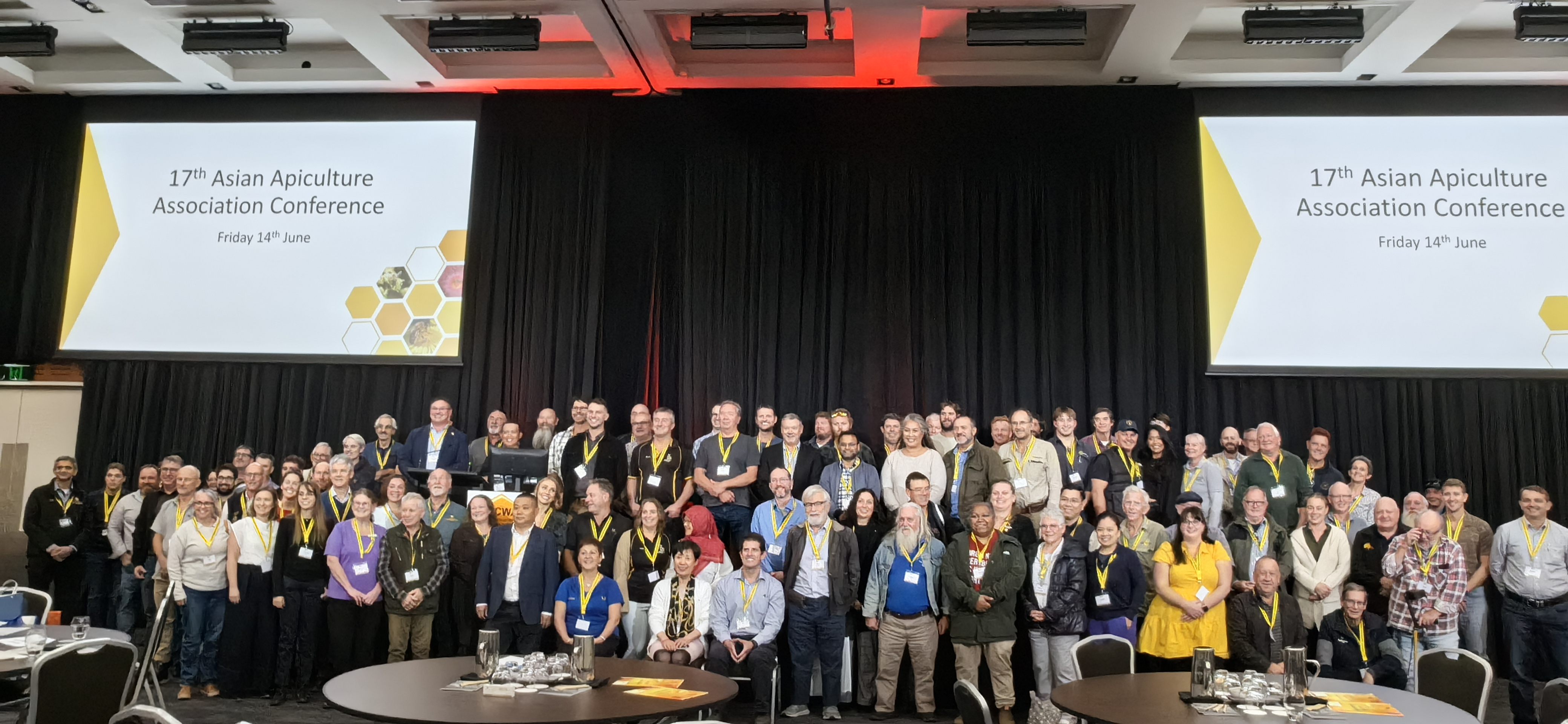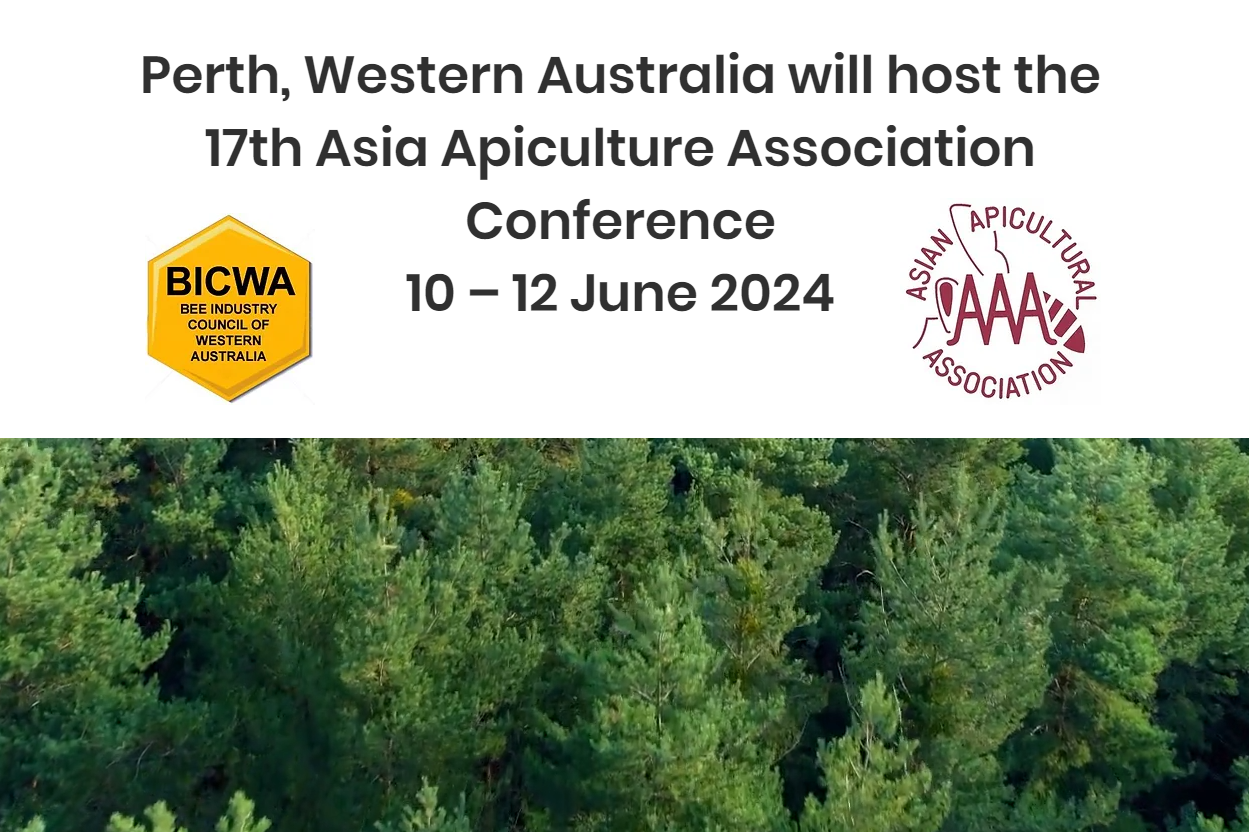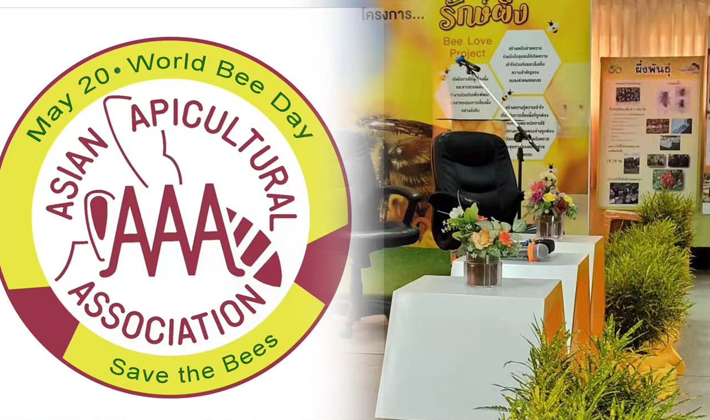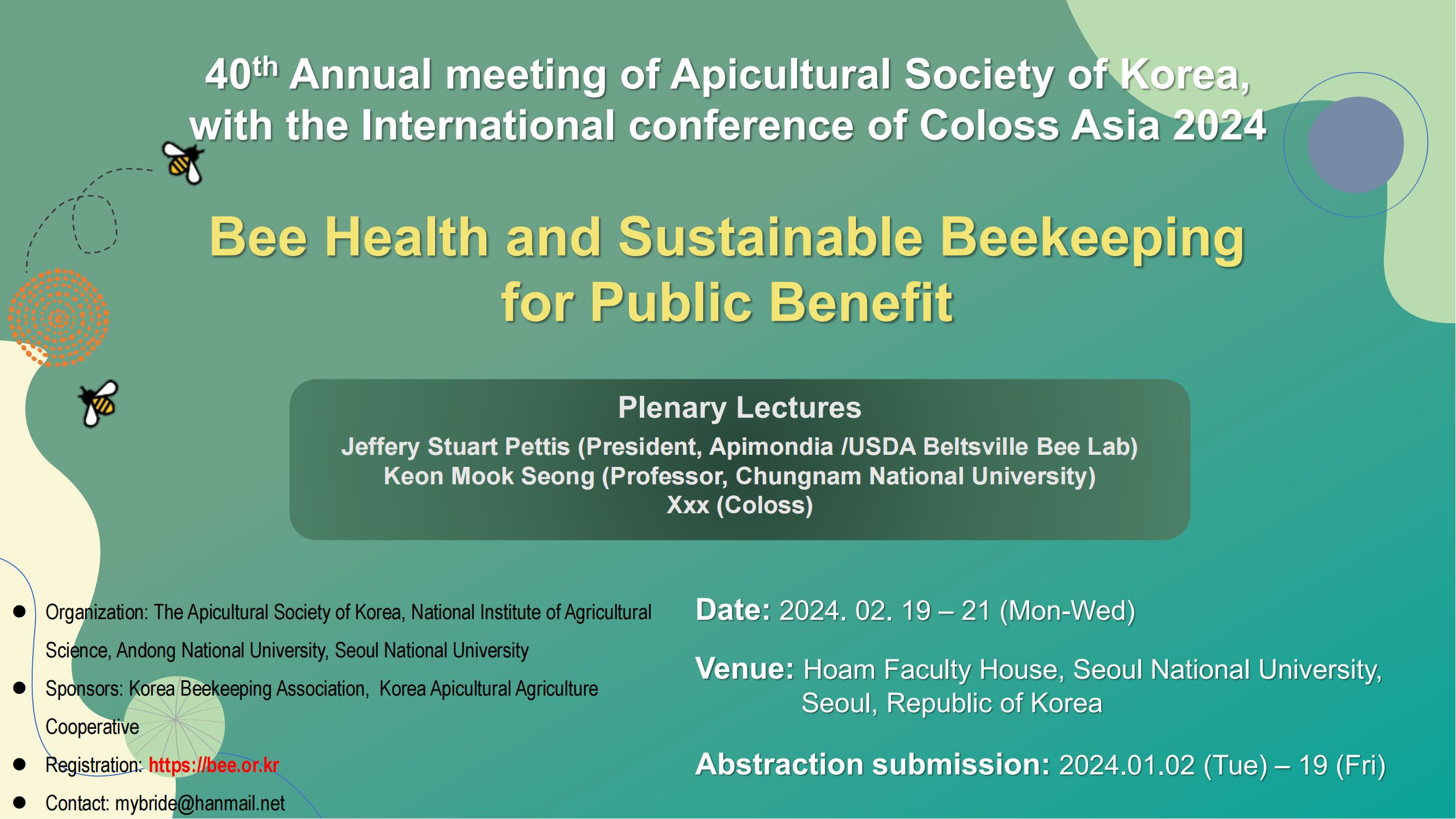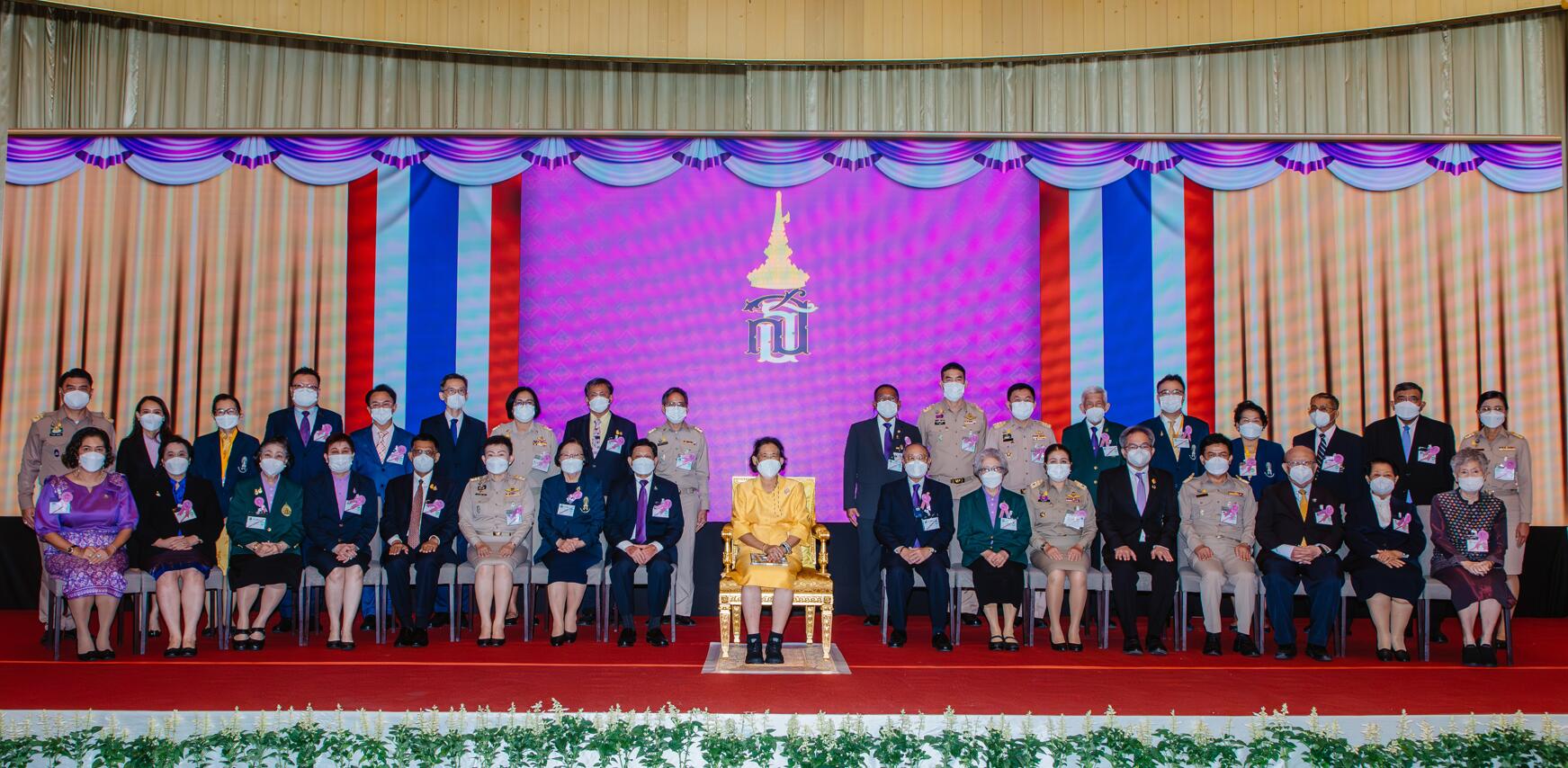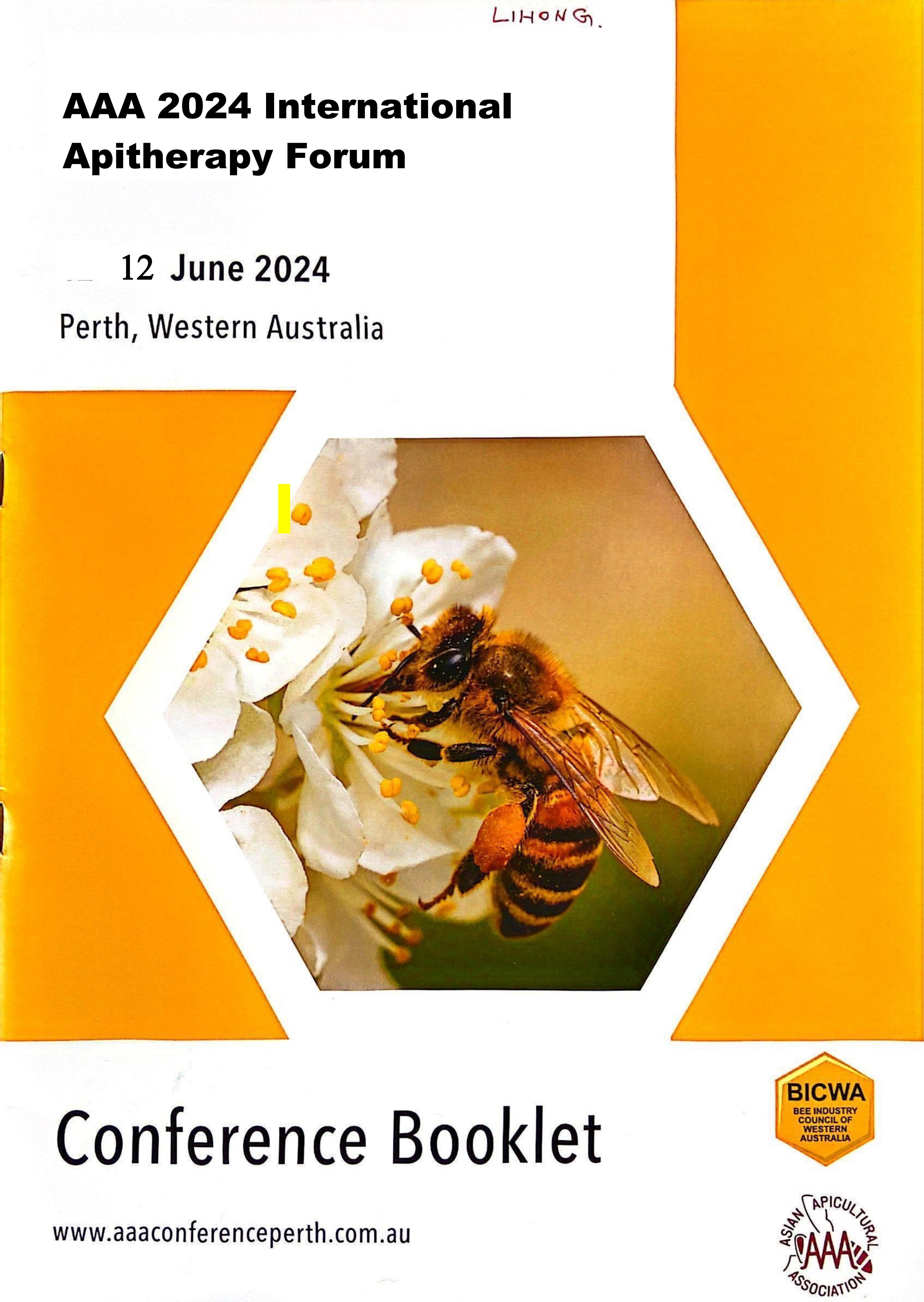Life-history stage determines the diet ofectoparasiticmites on their honey beehosts
Abstract
Ectoparasitic mites ofthe genera Varroa and Tropilaelaps have evolved to exclusively exploithoney bees as food sources during alternating dispersal and reproductive life history stages.Here we show that the primary food source utilized by Varroa destructor depends on the hostlife history stage. While feeding on adult bees, dispersing V. destructor feed on the abdominalmembranes to access to the fat body as reported previously. However, when V. destructor feedon honey bee pupae during their reproductive stage, they primarily consume hemolymph,indicated by wound analysis, preferential transfer of biostains, and a proteomic comparisonbetween parasite and host tissues, Biostaining and proteomic results were paralleled bycorresponding findings in Tropilaelaps mercedesae, a mite that only feeds on brood and has astrongly reduced dispersal stage. Metabolomic profiling of V. destructor corroboratesdifferences between the diet of the dispersing adults and reproductive foundresses. Theproteome and metabolome differences between reproductive and dispersing V. destructorsuggest that the hemolymph diet coincides with amino acid metabolism and proteinsynthesis in the foundresses while the metabolism of non-reproductive adults is tuned tolipid metabolism. Thus, we demonstrate within-host dietary specialization ofectoparasiticmites that coincides with life history of hosts and parasites.
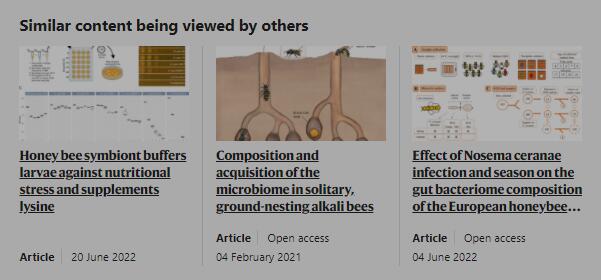 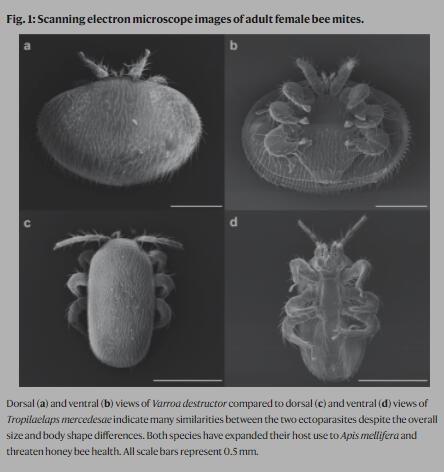 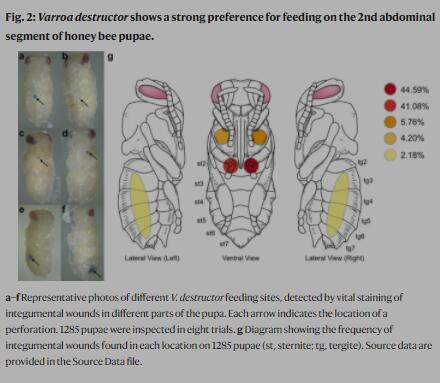 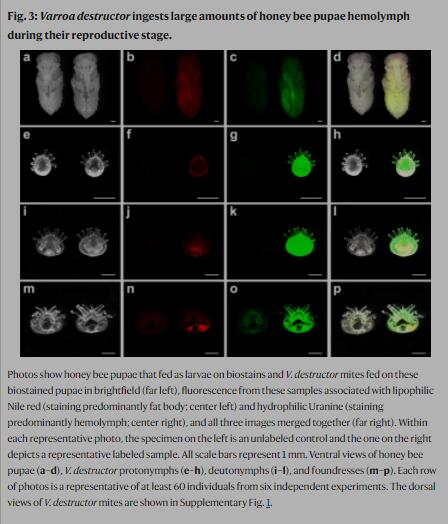 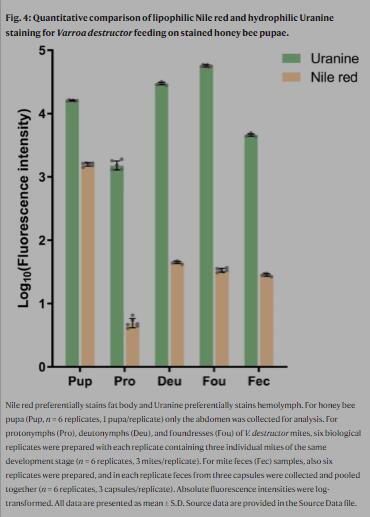 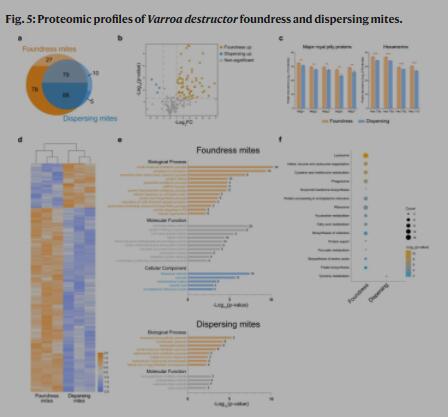 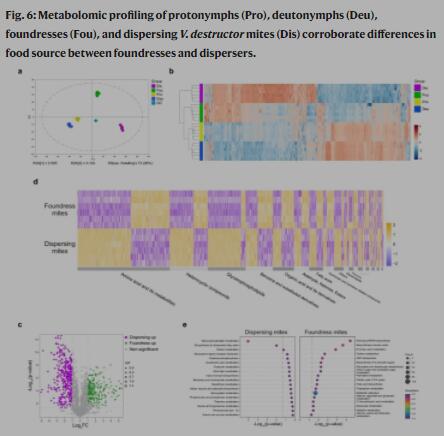 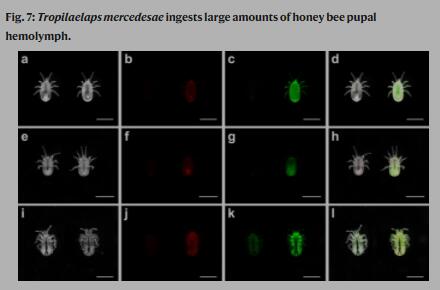 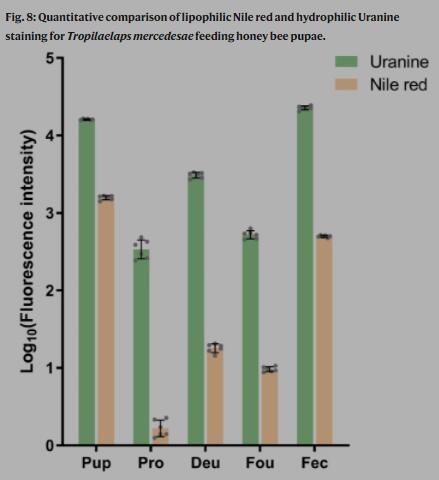
https://www.nature.com/articles/s41467-024-44915-x
|
